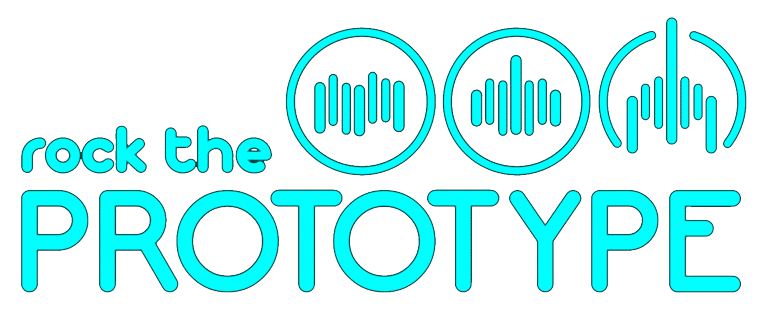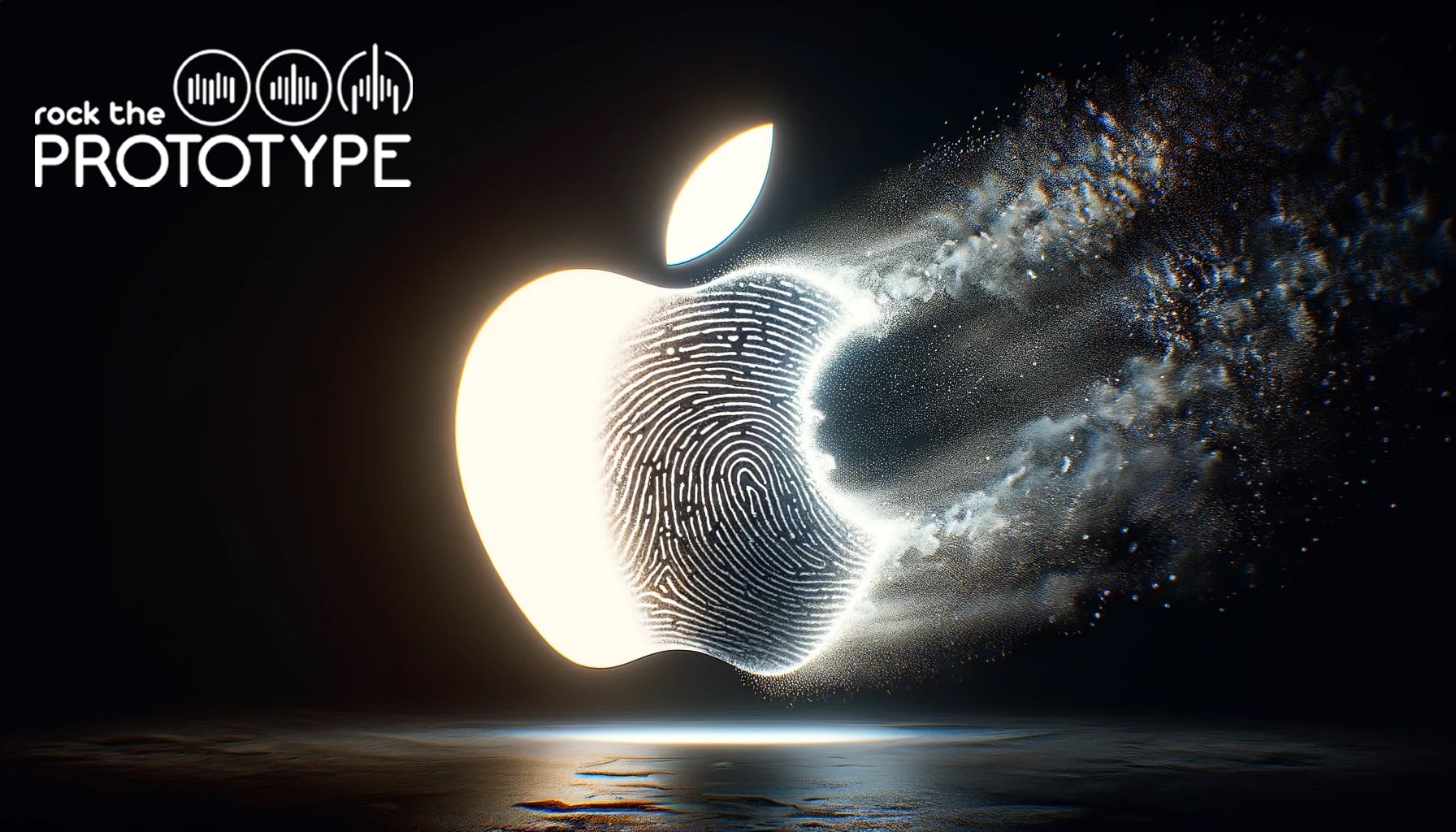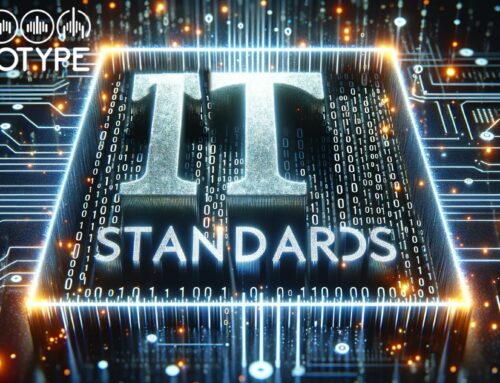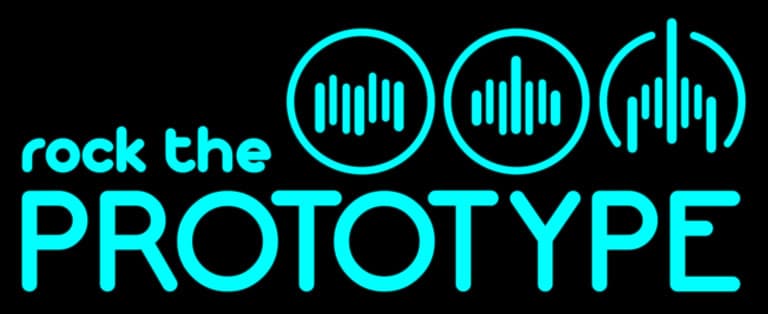Not a marketing gag but, as always, a significant strategic move by Apple! Starting this fall, Apple plans to convert the Apple ID into the Apple Account.
❇️ Changes will be made with iOS 18 and macOS 15
❇️ What motivates Apple to make this relevant change?
❇️ How might this relate to the EU’s eIDAS2 Regulation?
❇️ What does this mean for the data sovereignty and freedom of information of all Apple users?
❇️ What hopes and expectations of Apple are justified?
❇️ What are the direct and indirect changes and implications for software developers of MacOS and iOS apps?
Apple is changing its strategy: Apparently, the US company is about to make a huge move by significantly changing its Apple ID.
Not a marketing gag but, as always, a significant strategic move by Apple
Starting this fall, Apple plans to convert the Apple ID into the Apple Account. This is definitely not a marketing gimmick. Nor is this a frivolous decision, but rather one that the company has prepared very carefully, as always.
Apple stands for innovation and continuous improvement of the user experience. With the planned changeover from the “Apple ID” to the “Apple Account”, the company is signaling its continued commitment to user-friendliness and data protection.
In addition, this initiative may be part of Apple’s response to the increasing demand for greater privacy and control over personal data. With this measure, Apple would emphasize its focus on the security of user data and the protection of privacy. By providing its users with clearer and consistent digital services, the company creates a trusting environment in which users feel more secure and better understand how their data is handled.
This change may also be in line with global privacy standards and regulatory requirements, such as the EU’s eIDAS2 regulation, and demonstrates Apple’s commitment to not only meeting these requirements, but to being a leader in privacy and security.
Changes will be made with iOS 18 and macOS 15
This change is to be introduced at the same time as the latest operating system updates, iOS 18 and macOS 15, which indicates a strategic realignment of the user interface and user experience within the Apple ecosystem.
The “Apple ID”, which has formed the backbone of access to Apple services such as the App Store, iCloud and Apple Music for over a decade, links purchases, settings and personal data across all Apple devices.
The planned changes in the direction of an “Apple Account” could be far more than just a cosmetic change. All of this points to a more comprehensive strategy to increase user-friendliness and satisfy users who are sensitive to digital identity naming. Finally, the connected services must be brought into line with European data protection standards on the part of the US group.
What motivates Apple to make this relevant change?
This decision raises questions about Apple’s motives and the potential impact on users.
We can reasonably speculate that this move could be part of a larger effort to make Apple’s products and services more accessible and understandable to users, especially less tech-savvy customers.
In addition to the associated changes within the user interface and usability, more far-reaching consequences are much more interesting: Particularly with regard to the underlying backend, cloud and support processes, such a change has a direct impact on users’ data sovereignty and freedom of information. It influences the way Apple operates in the context of international data protection laws such as the EU’s eIDAS2 Regulation.
Let’s look at the possible background and implications for users, within software development, app delivery and discuss these implications from a wider tech community perspective.
1) What could be Apple’s real motives?
Apple will have several motives for the change from “Apple ID” to “Apple Account”. One reason could be the further optimization of the user experience to make Apple services even more intuitive. More likely, the motivation for this change will be part of a larger strategy to keep the Apple brand modern, user-centric and in line with the protection needs of customers who consider privacy and data sovereignty to be highly relevant by directly addressing corresponding security and privacy requirements in addition to language customization.
Listen now:
🎧 Listen on Spotify: 👉 https://bit.ly/49gizXS
🍎 Enjoy on Apple Podcasts: 👉 https://apple.co/42lNbVB
2) How might this relate to the EU’s eIDAS2 Regulation?
The adaptation to the eIDAS2 regulation could be another reason for the renaming. This EU regulation aims to increase the trustworthiness and security of electronic transactions. By aligning its systems, terminology and underlying technical processes with these standards, Apple will emphasize its compliance and commitment to security and privacy in the EU and beyond. This would be an important step to increase user confidence in Apple’s services, especially in an increasingly regulated digital environment.
3) What does this mean for the data sovereignty and freedom of information of all Apple users?
The renaming and the associated changes would therefore have far-reaching implications for the data sovereignty and freedom of information of Apple users. On the one hand, this could be a signal that Apple wants to further strengthen users’ privacy and control over their own data and takes it very seriously. Clearer and more intuitive account management options could give users more insight and control over the use of their data.
The question is always at what price we are prepared to put our personal data at risk. A game that reveals more about us than we might like.
🌟 How do we explain the protection of 👁 #privacy and the importance of #data protection to our children in a world dominated by 🌐 #Internet and 📺 #SocialMedia 🎬? 👉 The #BfDI is building a fascinating bridge with free 📘 #Pixi books that do just that! ✅
Transparency of data processing and our user rights
On the other hand, there are questions regarding the transparency of data processing and user rights. Users can rightly expect Apple to not only improve the user interface, but also to offer them stronger data protection guarantees that go beyond a mere name change.
The tech community will see this development as part of a trend where technology companies are increasingly seeking to build trust through transparency, security and the strengthening of user rights. This move will then subsequently stimulate an intense debate about the role of large corporations in shaping digital identities and the rights associated with them. It also raises the question of how companies find the balance between user-friendliness, data protection and regulatory requirements in line with UX and user-centric services.
4) What hopes and expectations of Apple are justified?
In view of such a far-reaching change from an “Apple ID” to an “Apple Account” and the associated potential changes to Apple’s services and products, users may have justified hopes and expectations of the US company. These relate primarily to data protection, user-friendliness, security and transparency:
Data protection and data sovereignty
- Extended control over personal data: Users want more ways to manage and control their personal data. This includes easy customization of privacy settings and clear insight into what data is collected and how it is used.
- Strengthening data sovereignty: A clear and transparent policy for handling user data that enables individuals to decide how their data is used.
User friendliness
- Simplified processes: The expectation that the transition will result in a more intuitive and user-friendly experience, particularly in terms of the sign-in process and account management.
- Consistent terminology: By using a consistent term across all services, users expect less confusion and clearer communication from Apple.
IT Security
- Improved security measures: With the introduction of the “Apple Account,” users could expect Apple to implement additional security features that strengthen the protection of user data and account access.
- Transparent security practices: Clear information about how Apple ensures the security of user accounts, including the use of two-factor authentication and other security protocols.
Transparency and trust
- Open communication about changes: Users expect Apple to be transparent about upcoming changes, their impact and the benefits to end users.
- Commitment to user interests: The hope that Apple will continue to strengthen its commitment to the interests and well-being of users, particularly in terms of privacy and security.
Compliance and leadership in relation to regulations
- Compliance with global data protection standards: Given the strict data protection laws in various regions, such as the DSGVO – the GDPR in Europe – users expect Apple to be a leader in complying with such regulations.
- Role model in the technology sector: The expectation that Apple’s innovations and practices will set an example for other companies in the technology industry, particularly in terms of respectful handling of user data.
These hopes and expectations reflect the increasing awareness and demand of users for more control, security and transparency in the handling of their digital identities and data. Apple is therefore faced with the challenge of meeting these expectations and offering innovative and user-friendly services at the same time.
5) What are the direct and indirect changes and implications for software developers of MacOS and iOS apps?
From a software developer’s perspective, such a change will require an adaptation of APIs and development practices, which could mean additional work initially, but will lead to a more consistent and secure development landscape in the long term. App providers will again update their services and terms of use to reflect the new terminology and the associated implications.
Direct changes for app and software developers:
- Adaptation of API calls and authentication processes: Developers will update their apps to reflect new API endpoints or changes in authentication methods to reflect these changes. Code changes will be required wherever authentication and authorization are affected.
- Updating user interfaces and user guidance: Apps that reference the Apple ID, whether in settings, sign-in windows or documentation, will need to be updated to reflect the new terminology. This affects not only text, but possibly also graphics or UI elements.
- Test and validate: After implementing these changes, developers will need to conduct extensive testing to ensure that authentication, account management and all other affected features work as expected.
Such changes always have the significance of redefining our own role in the digital ecosystem. Let’s pay careful attention to how technology companies inspire us to rethink our digital services in terms of digital identities and data protection.
In this day and age, these concerns about data security and privacy are absolutely justified. When hyperscalers like Apple set new standards, the tech industry inevitably follows suit. Unless we fundamentally change the rules of the game and think and act in terms of interoperable and privacy-compliant standards that redefine our global digital ecosystem and thus our role as users and consumers. This means being vigilant and proactively thinking and also becoming active.
What we need is the development and implementation of a uniform, sustainable approach to digitalization.
About the Author:

Sascha Block
I am Sascha Block – IT architect in Hamburg and the initiator of Rock the Prototype. I want to make prototyping learnable and experiential. With the motivation to prototype ideas and share knowledge around software prototyping, software architecture and programming, I created the format and the open source initiative Rock the Prototype.







